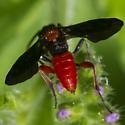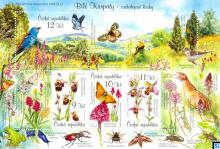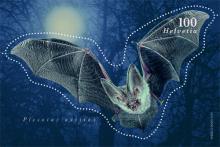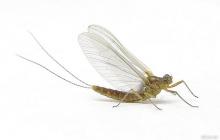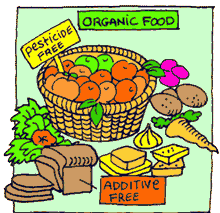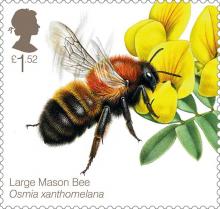Systemic Imidacloprid Affects Intraguild Parasitoids Differently
Toxoneuron nigriceps (Viereck) (Hymenoptera, Braconidae) and Campoletis sonorensis (Cameron) (Hymenoptera, Ichneumonidae) are solitary endoparasitoids of the tobacco budworm, Heliothis virescens (Fabricius) (Lepidoptera, Noctuidae). They provide biological control of H. virescens populations in Southeastern US agricultural production systems. Field and greenhouse experiments conducted from 2011–2014 compared parasitism rates of parasitoids that developed inside H. virescens larvae fed on tobacco plants treated with and without imidacloprid. The parasitoids in our study did not have a similar response. Toxoneuron nigriceps had reduced parasitism rates, but parasitism rates of C. sonorensis were unaffected. Preliminary data indicate that adult female lifespans of T. nigriceps are also reduced. ELISA was used to measure concentrations of neonicotinoids, imidacloprid and imidacloprid metabolites in H. virescens larvae that fed on imidacloprid-treated plants and in the parasitoids that fed on these larvae. Concentrations were detectable in the whole bodies of parasitized H. virescens larvae, T. nigriceps larvae and T. nigriceps adults, but not in C. sonorensis larvae and adults. These findings suggest that there are effects of imidacloprid on multiple trophic levels, and that insecticide use may differentially affect natural enemies with similar feeding niches.

